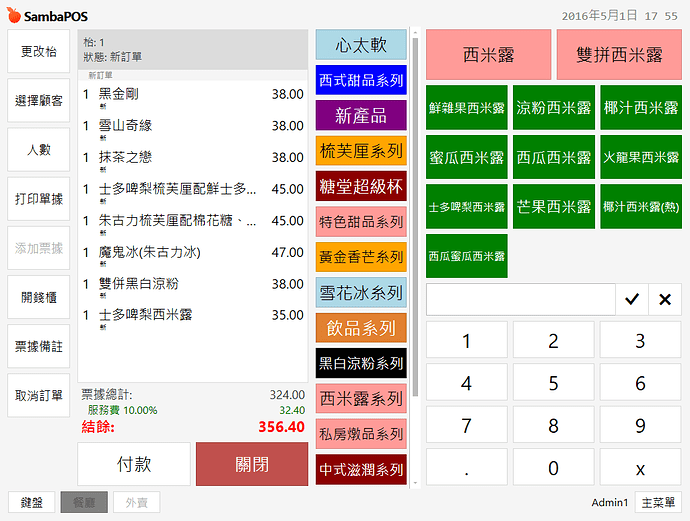The translation is already available from v5.1.59 onwards. You just set the UI language in settings.
However note that unless you create a new sample database when using Chinese as the language, you will still have a lot of things like automation commands, accounts, etc., in English. If you create a new sample database after changing language, it will create everything in Chinese.
For ourselves, we spent our own time to put together a database where everything was in Chinese for the display names but internally values were stored in English - it made it easier for our own management as myself I cannot speak or read Chinese. So it meant I can support customers even I can’t ready the UI language.
